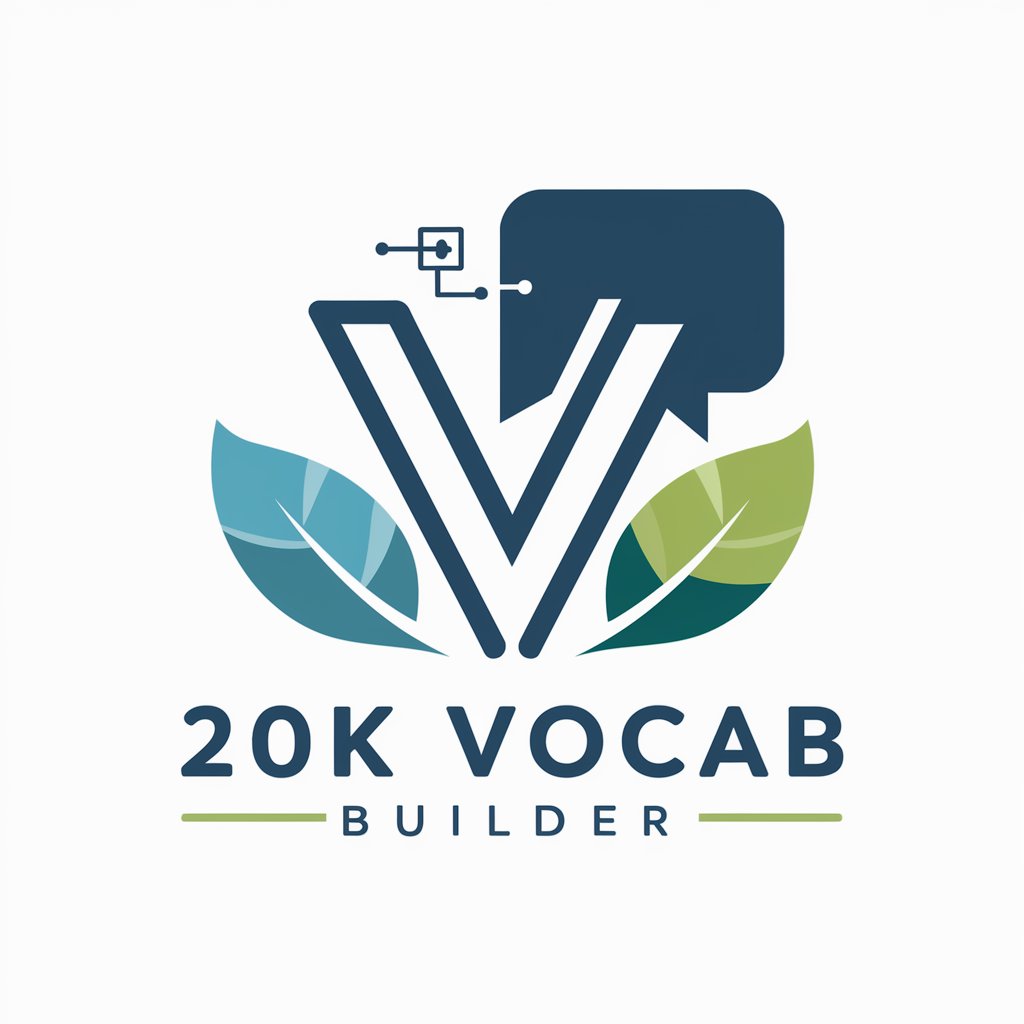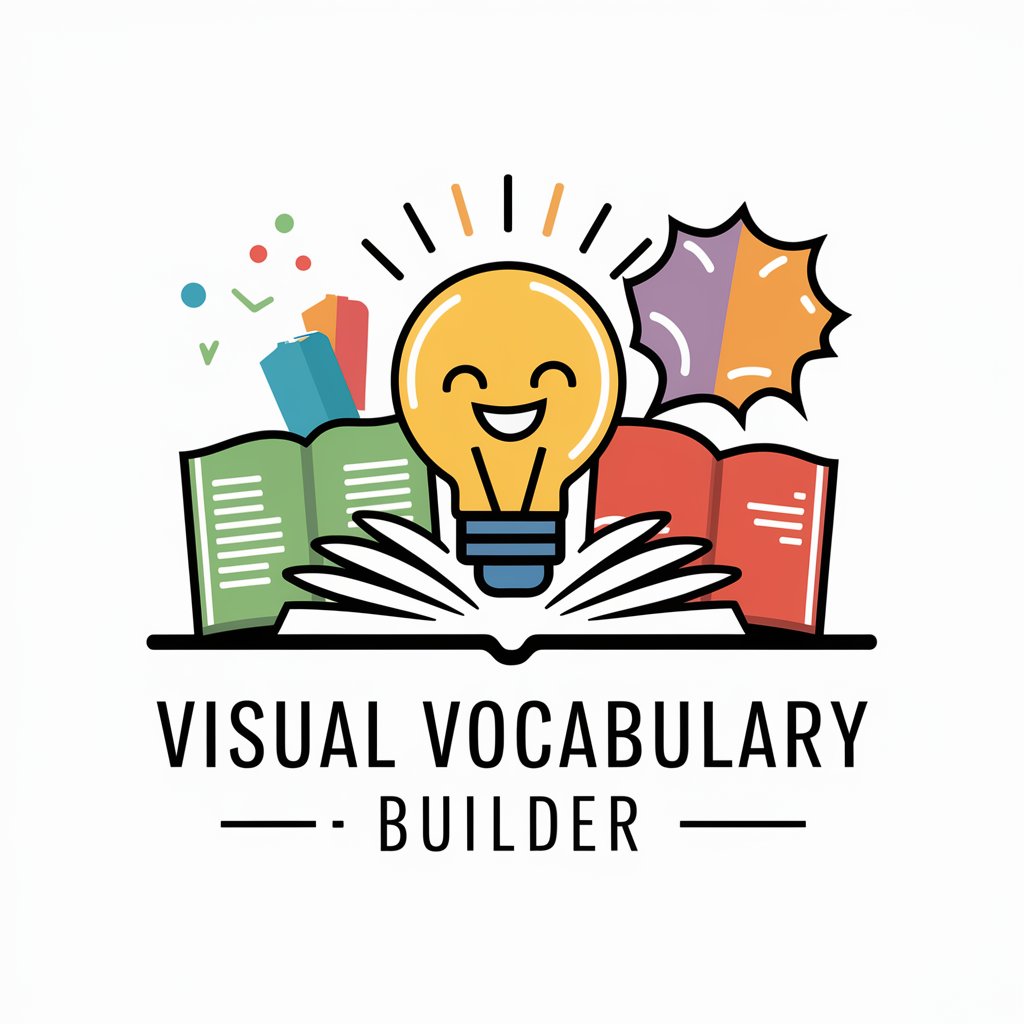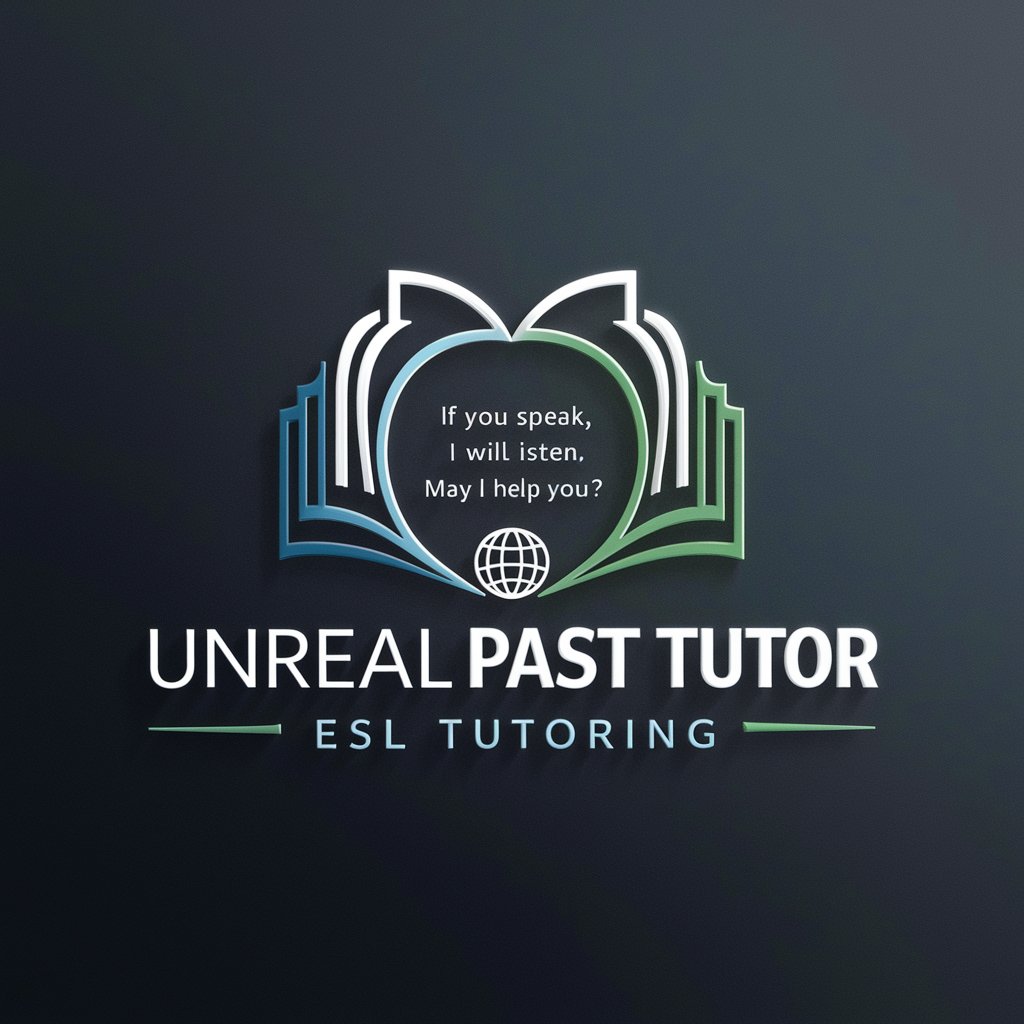7 GPTs for ESL Education Powered by AI for Free of 2025
AI GPTs (Generative Pre-trained Transformers) for ESL Education are advanced tools designed to facilitate English as a Second Language learning. These AI models are specifically tailored to address the unique needs of ESL learners and educators. By leveraging natural language processing and machine learning, GPTs offer interactive, personalized, and context-aware language learning experiences. Their relevance lies in providing efficient, scalable, and accessible language learning solutions, adapting to various proficiency levels and learning styles.
Top 7 GPTs for ESL Education are: 20K Vocab builder,Visual Word Explorer,English Teacher,Idiom Builder 英文成语大师,Hairy Otter and the Order of Adjectives,Vocabulary,Unreal Past Tutor
20K Vocab builder
Elevate Your Words with AI-Powered Learning

Visual Word Explorer
Empower Your Words with AI

English Teacher
Enhance Your English with AI-Powered Guidance

Idiom Builder 英文成语大师
Master English Idioms with AI-Powered Guidance

Hairy Otter and the Order of Adjectives
Master adjectives with AI-powered fun

Vocabulary
Empower Your Words with AI

Unreal Past Tutor
Master Unreal Past with AI

Distinctive Elements of AI GPTs in ESL Education
AI GPTs for ESL Education boast adaptability across a range of functions, from basic language drills to complex conversational simulations. Key features include real-time language correction, context-aware grammar suggestions, conversational practice, and cultural context integration. These tools also offer technical support, web searching capabilities, image-based language activities, and data analysis of learner progress. Their ability to simulate natural language interactions makes them invaluable for immersive language learning.
Intended Users of AI GPTs in ESL Learning
The primary users of AI GPTs for ESL Education include ESL learners, language educators, and content developers. These tools cater to individuals at different proficiency levels, from beginners to advanced learners. For those without programming knowledge, GPTs offer user-friendly interfaces and pre-designed learning modules. Advanced users, such as educators and developers, can utilize programming features to tailor learning experiences and integrate these tools into broader educational frameworks.
Try Our other AI GPTs tools for Free
Ethical Living
Explore AI GPTs for Ethical Living: innovative tools empowering sustainable and ethical decisions. Tailored for everyone, from beginners to experts, they redefine how we engage with ethical practices.
Buddhist Philosophy
Discover AI GPTs for Buddhist Philosophy: innovative tools transforming the study and practice of Buddhism through tailored, AI-powered insights and interpretations.
Technological Innovation
Explore AI GPTs for Technological Innovation: versatile AI tools designed to enhance creativity and problem-solving in technology with user-friendly interfaces and advanced capabilities.
Futuristic Concept Development
Discover AI GPTs for Futuristic Concept Development: innovative tools designed for forward-thinking concept generation and analysis, tailored for professionals and novices alike.
Design Visualization
Revolutionize your design process with AI GPT tools for Design Visualization - harnessing the power of AI for creative, efficient, and tailored design solutions.
Entertainment Suggestions
Explore the world of entertainment with AI-powered suggestions! Our AI GPT tools offer personalized movie, music, and game recommendations, tailored to your unique tastes. Discover your next favorite with AI!
Broader Implications of AI GPTs in ESL
AI GPTs in ESL Education go beyond conventional language learning methods, offering immersive, interactive experiences. These tools facilitate a deeper understanding of language nuances and cultural contexts. Their integration with existing systems makes them a versatile resource in diverse educational settings. User-friendly interfaces ensure accessibility for all learners, while customization options allow for tailored educational experiences. The potential of AI GPTs in revolutionizing ESL education is immense, given their adaptability and scalability.
Frequently Asked Questions
What are AI GPTs for ESL Education?
AI GPTs for ESL Education are sophisticated AI tools designed to assist in learning English as a Second Language. They utilize natural language processing to provide interactive and personalized learning experiences.
How do these tools adapt to different proficiency levels?
AI GPTs are equipped with algorithms that adjust the complexity of tasks and conversations based on the user's proficiency, ensuring a tailored learning experience for every individual.
Can AI GPTs assist with cultural context in language learning?
Yes, these tools incorporate cultural contexts into language learning, helping users understand idiomatic expressions and cultural nuances essential for mastering a language.
Are programming skills required to use these AI GPTs?
No, these tools are designed to be accessible to users without programming skills, offering intuitive interfaces and guided learning paths.
Can educators customize the learning content in these tools?
Yes, educators and developers with programming skills can customize learning modules and integrate these tools into existing educational curriculums.
Do AI GPTs for ESL offer conversational practice?
Yes, one of the key features is providing conversational practice in real-time, simulating natural dialogues and interactions.
How do these tools track and analyze learner progress?
AI GPTs are equipped with data analysis capabilities, allowing them to track learner progress, identify areas of improvement, and adjust learning paths accordingly.
Can these AI tools be integrated into existing learning management systems?
Yes, they are designed to be compatible with various learning management systems, allowing for seamless integration into existing educational environments.